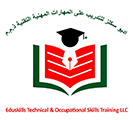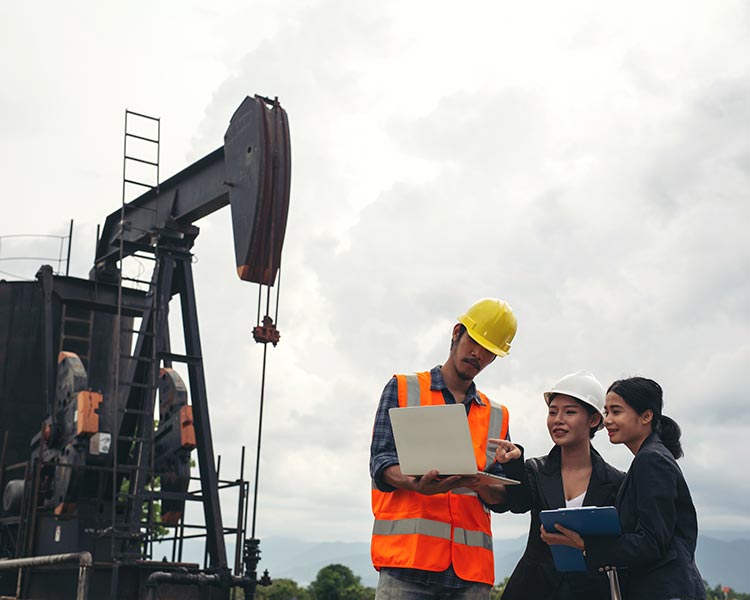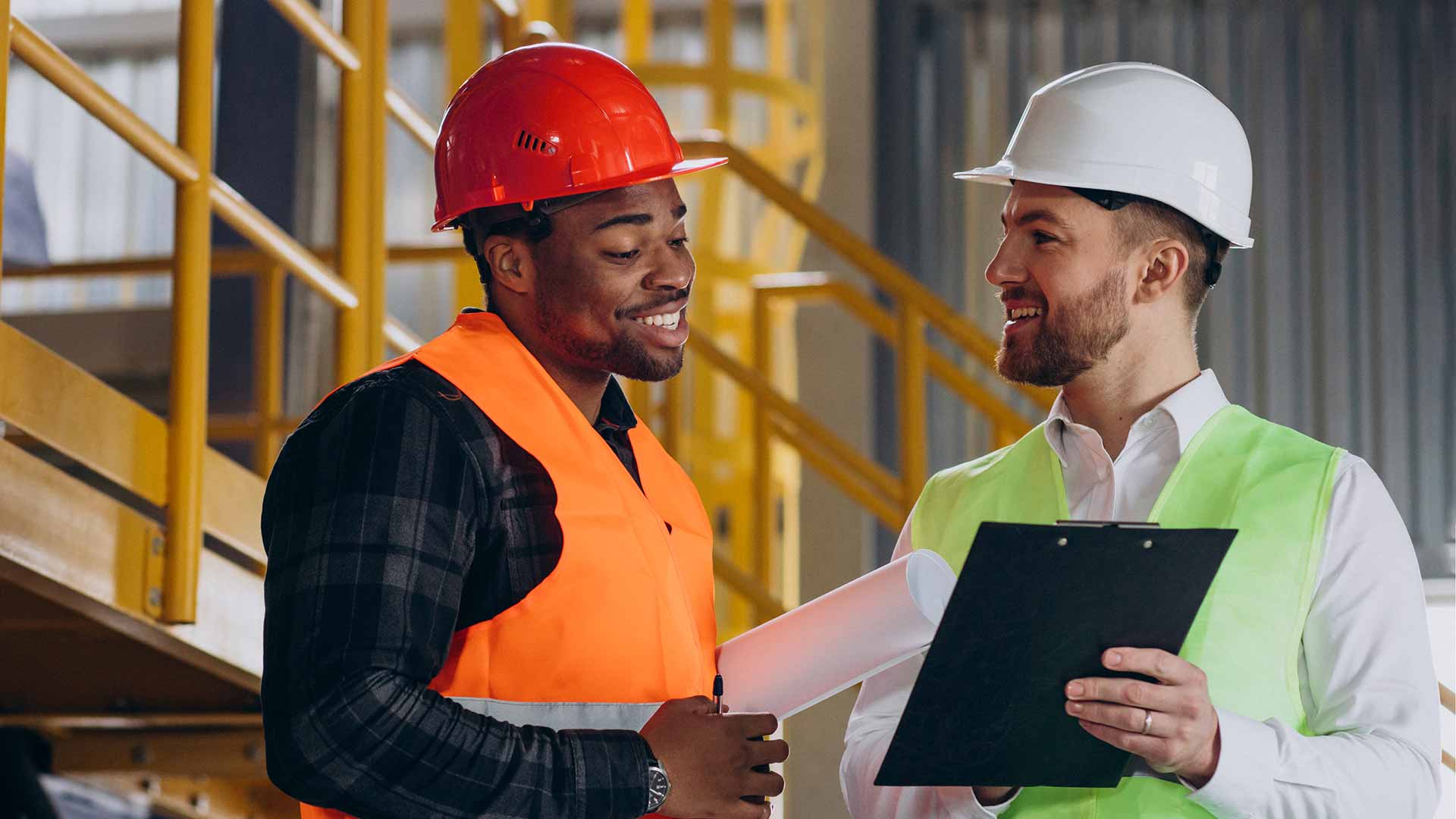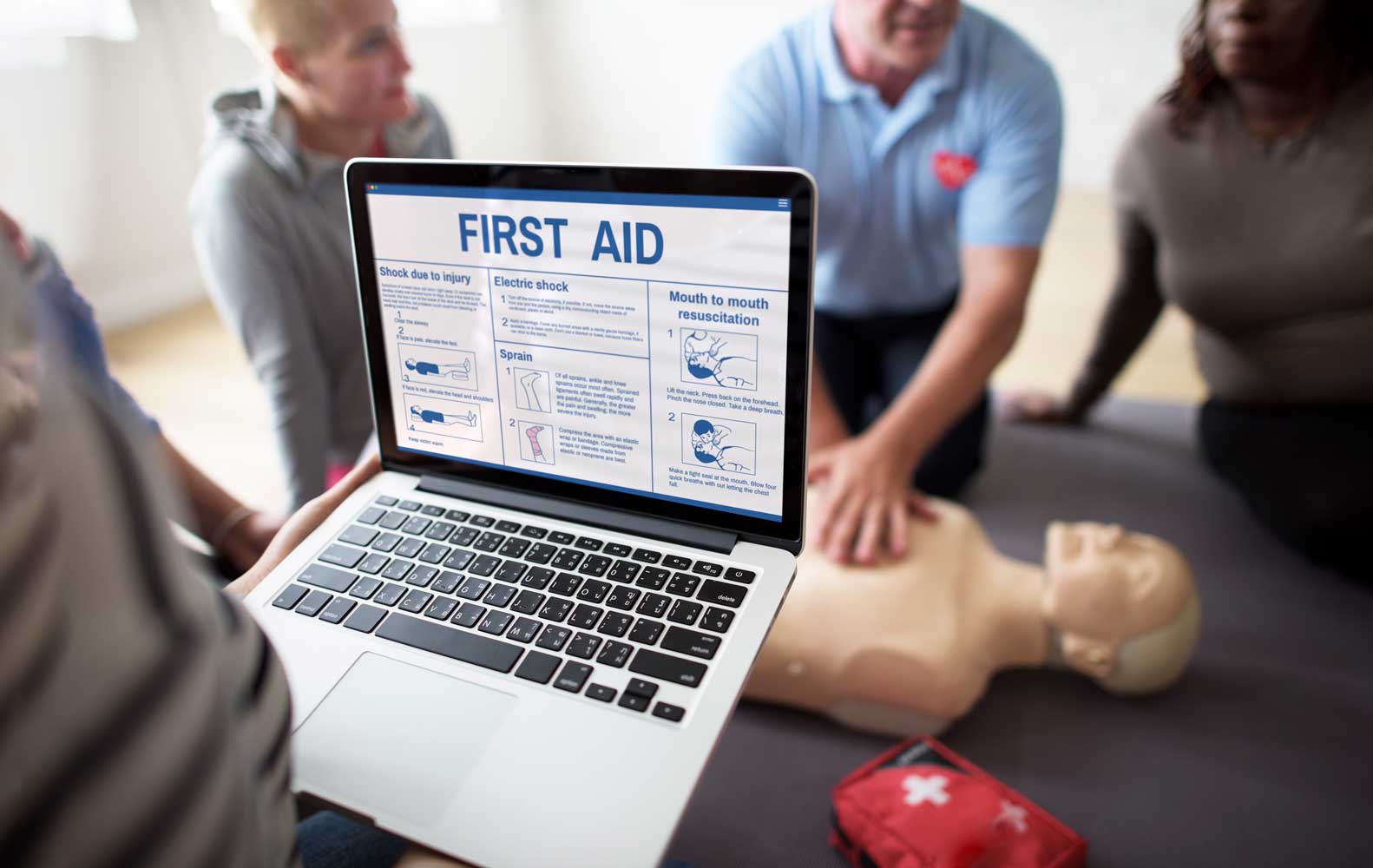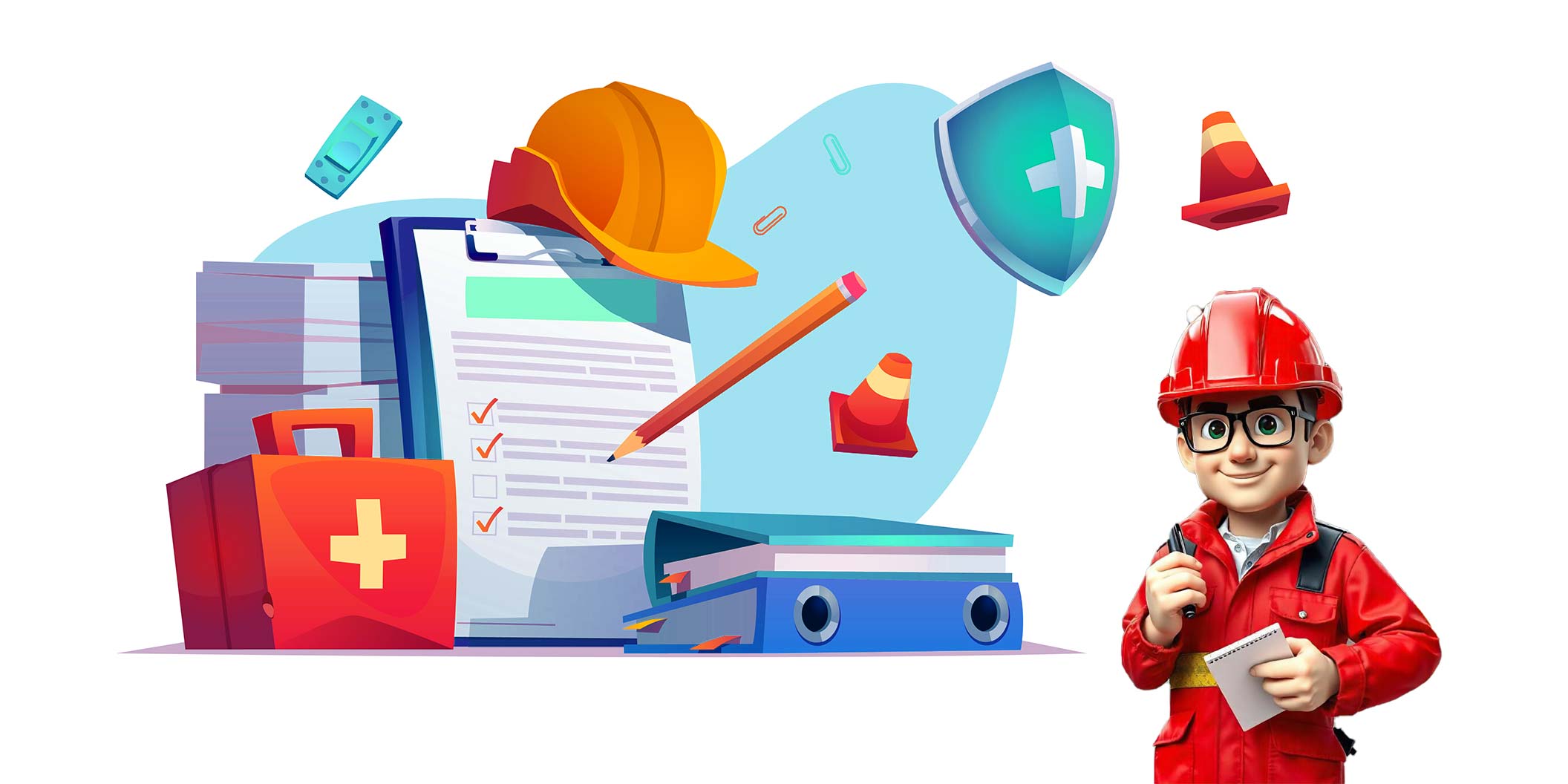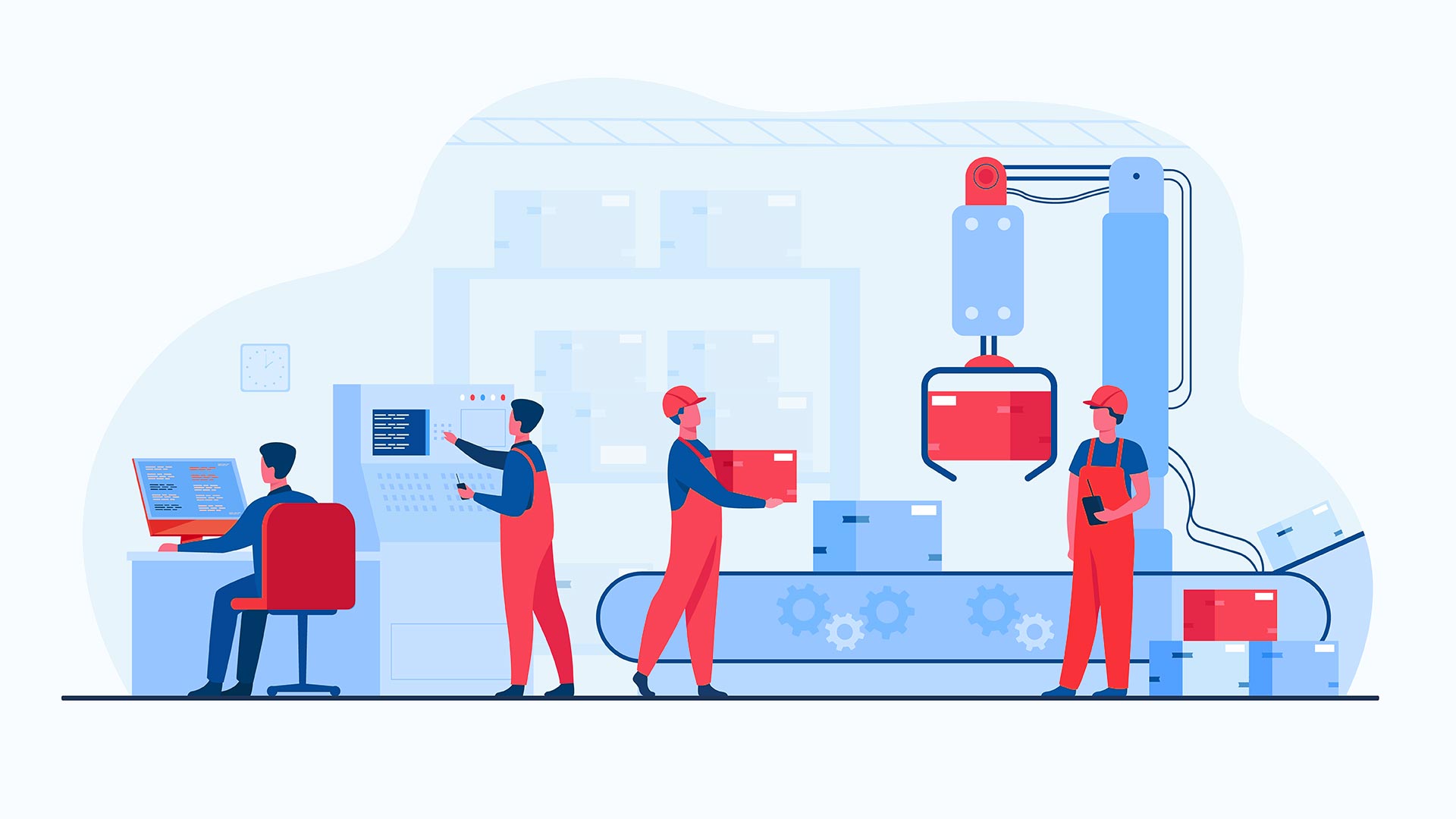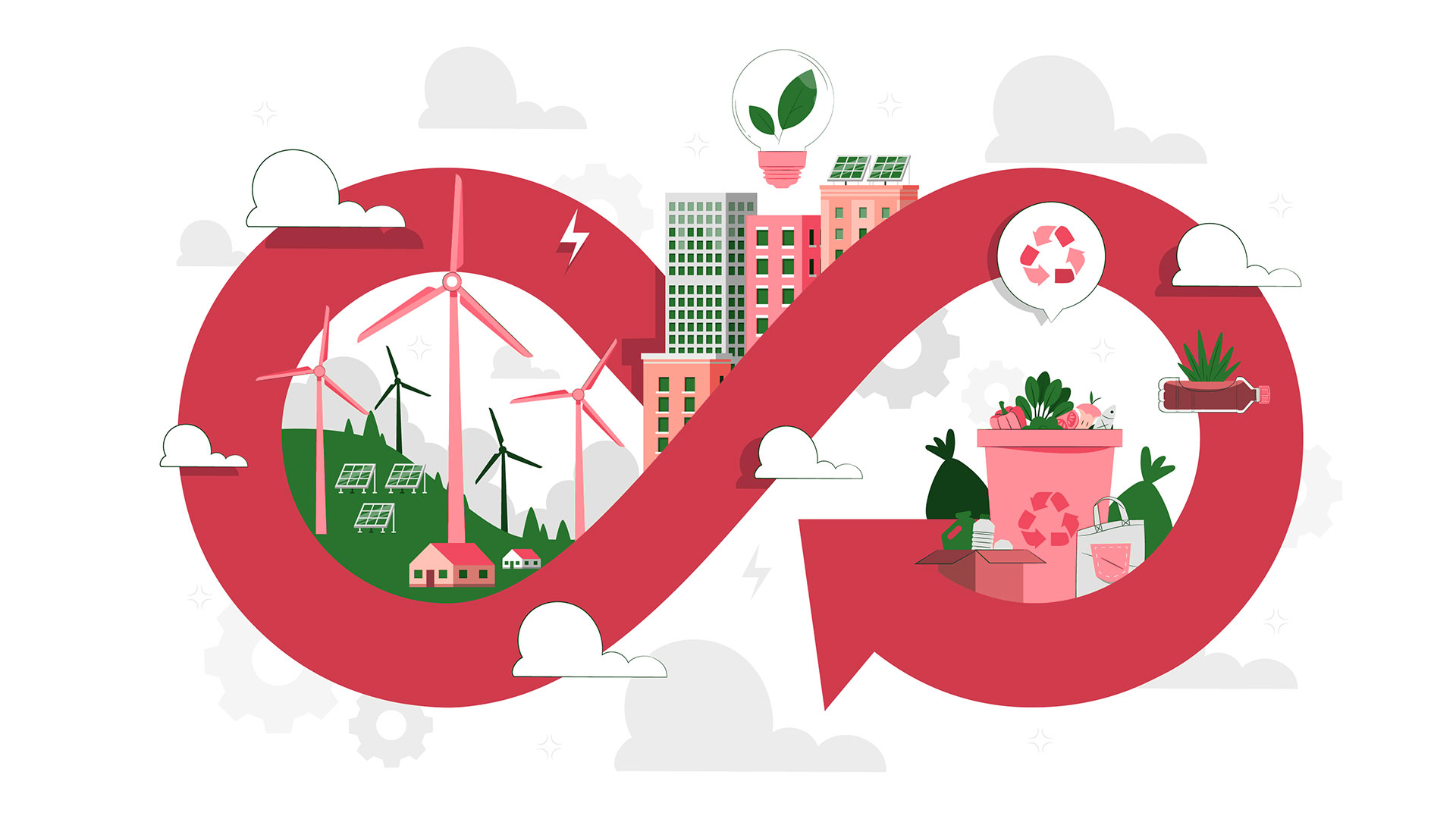Step 1 – Hazard Identification
The very first and perhaps the most crucial step in HIRA is identifying the hazards that exist in the work environment. In the oil and gas industry, hazards aren’t always obvious. Sure, some are visible—like open flames or high-pressure pipelines—but others may be lurking silently, such as toxic gases, ergonomic risks or even poor lighting in confined spaces.
Because of this complexity, we follow a structured and systematic approach. We inspect worksites, analyze job procedures, review incident reports and, most importantly, talk to the people who are in the field every day. Why? Because your front-line crew often knows where the risks are—sometimes even better than management.
Using techniques like job safety analysis (JSA), walkthrough audits and hazard and operability studies (HAZOP), we can uncover potential threats before they cause harm. That’s the beauty of a strong hazard identification and risk assessment—it starts with eyes wide open.
Step 2 – Risk Assessment
Once hazards are identified, the next step is assessing the level of risk each one poses. This means evaluating two key factors: likelihood and severity. Let’s say you have a high-pressure steam line. The risk of rupture might be low, but if it does happen, the consequences could be fatal. Therefore, that scenario ranks high on the risk scale.
We often use a risk matrix to plot these two dimensions. This not only gives a clear visual of how serious a risk is but also allows decision-makers to prioritize actions. Moreover, incorporating past incident data and failure rates adds a layer of credibility and technical accuracy to the risk rating. The goal here isn’t just to “guess” the risk, but to quantify it based on experience, evidence and sound engineering judgement.
Step 3 – Risk Evaluation
Risk assessment gives you the numbers, but risk evaluation tells you what to do with them. This step involves comparing the calculated risk levels against acceptable risk criteria, which are usually defined by the company’s internal safety policies, legal standards or international frameworks like ISO 45001. If a risk falls within the “acceptable” range, it may not require immediate action. However, if it exceeds acceptable limits, it becomes a priority—and rightly so.
During this step, we classify risks into categories like:
- Intolerable (must be eliminated immediately)
- Tolerable with controls (requires mitigation)
- Acceptable (monitor periodically)
This clear-cut evaluation helps organizations avoid “paralysis by analysis” and move toward practical decision-making.
Step 4 – Risk Control Measures
Once the risks are evaluated, it’s time to take action. But here’s the key: not all control measures are created equal. According to the widely accepted Hierarchy of Controls, we should always aim to eliminate hazards first before jumping to PPE or administrative controls.
Let’s break it down:
- Elimination – Remove the hazard entirely (ideal but not always feasible).
- Substitution – Replace hazardous materials or processes with safer ones.
- Engineering Controls – Modify equipment or processes to reduce exposure.
- Administrative Controls – Implement policies, training and procedures.
- PPE (Personal Protective Equipment) – The last line of defense.
In the oil and gas sector, combining multiple controls—known as a layered approach—offers the best protection. For example, automated shutoff valves (engineering) paired with safety training (administrative) and flame-resistant gear (PPE) creates a robust barrier against incidents.
Step 5 – Monitoring and Review
Risk control isn’t a “set it and forget it” task. Conditions change, equipment wears out, new hazards emerge and people rotate roles. That’s why continuous monitoring and regular reviews are absolutely essential. A good HIRA program includes scheduled audits, feedback loops and incident investigations to refine the system over time. Plus, using digital tools like real-time hazard reporting apps and cloud-based HIRA trackers helps teams stay aligned and proactive.
More importantly, reviewing the hazard identification and risk assessment process sends a clear message: Safety is an ongoing commitment, not a one-time project.
